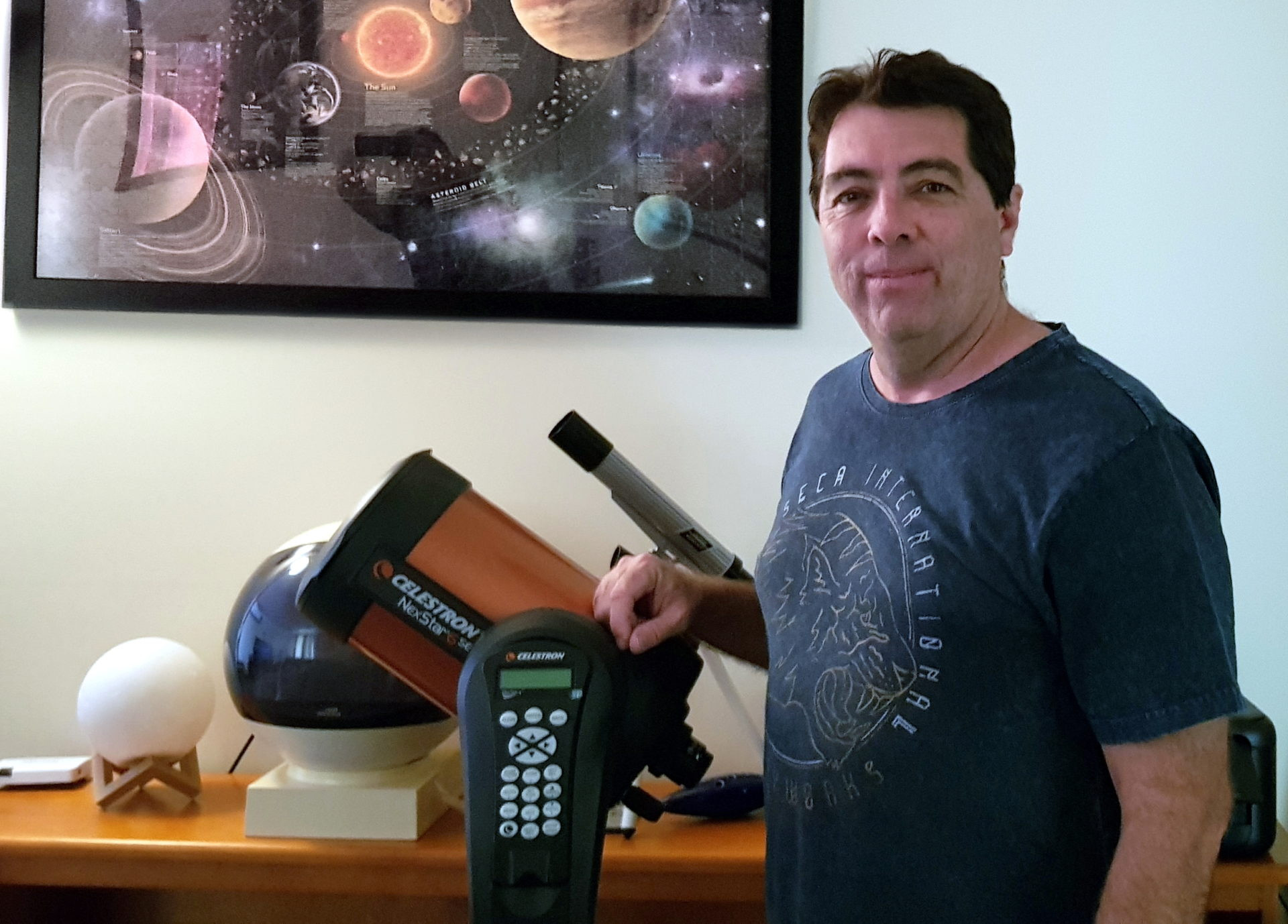A mysterious Chinese space plane, currently on its third mission, has been captured on camera by satellite watcher Felix Schofbanker from Upper Austria. The high-flying robotic vehicle, launched into orbit on December 14, 2023, by a Long March 2F rocket, was imaged using Schofbanker's 14-inch mirror telescope and advanced satellite-tracking equipment.
Schofbanker's observations revealed two solar panel-like structures at the end of the space plane, features not visible in any available computer renderings. "I am not really sure if they are solar panels or some other features like an antenna or something of that nature," he told Space.com. The satellite spotter estimated the craft to be approximately 30 feet (10 meters) in length, slightly longer than the U.S. Space Force's X-37B space plane.
China's uncrewed reusable spacecraft, which launches atop a rocket booster and lands at a secretive military airfield, is believed to be testing various technologies. Experts suggest it could also be used for manipulating or retrieving satellites. During its current mission, the spacecraft was observed releasing an object, maneuvering several kilometers away, and then returning to within a few hundred meters of it.
Despite its high-profile activities, China has not disclosed the specific technologies being tested. The spacecraft has not been publicly photographed since it began operating, adding to the intrigue surrounding its missions.
What We Know About China's Space Plane
The U.S. first launched its uncrewed Boeing X-37B spaceplane in 2010, while Russia has recently launched several satellites that U.S. officials suspect may be weapons, a charge Russia denies. Tracking data shows the Chinese spaceplane launches from Jiuquan in north-central China and lands at an airfield in Lop Nur, Xinjiang, a site linked to former nuclear testing and tightly controlled by the military.
Mission Details
The spacecraft has altered its altitude from common orbits of roughly 350 kilometers to 600 kilometers and back, demonstrating significant maneuverability. The current mission, which began in December 2023, follows a previous mission launched in August 2022 that lasted 276 days. The first flight in September 2020 lasted two days. The secrecy and advanced capabilities of the spacecraft have led to speculation about its potential military applications, though some experts believe it primarily serves as a technology demonstrator.
The Future of China's Space Plane
The observations made by Felix Schofbanker provide a glimpse into the capabilities of China's secretive space plane and highlight the ongoing competition in the space domain. As the Shenlong continues its mission, it's likely to remain a source of fascination and speculation, particularly as China's space ambitions continue to grow. The space race is becoming more competitive, and the implications of these developments extend beyond the realm of scientific exploration.

















